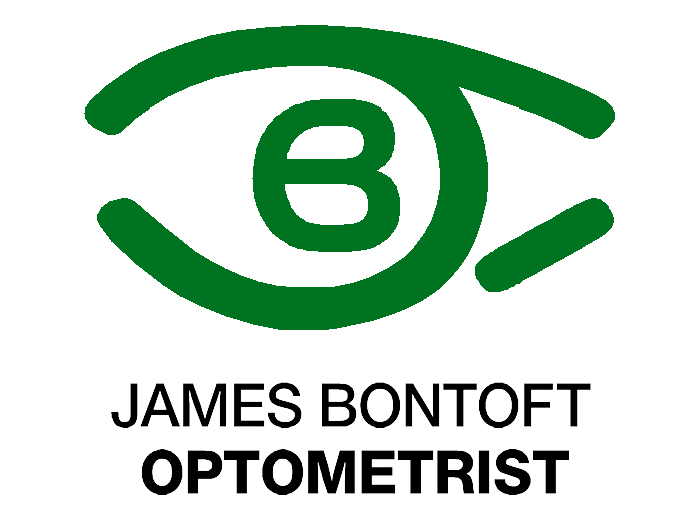Strabismus
Definition
Strabismus is a disorder in which the two eyes do not line up in the same direction, and therefore do not look at the same object at the same time. The condition is more commonly known as ‘crossed eyes’ or ‘squint’. A misalignment of the eyes can be constant or intermittent, sometimes only appearing when you are tired. It might always affect the same eye, or the two eyes may take turns.
Children do not outgrow strabismus, and for best visual outcomes and to prevent developmental delays they should be treated as soon as possible.
Causes
Eye position is controlled by six extraocular muscles that work together to direct the as a team that both eyes are directed towards the same object. Strabismus occurs when there are neurological or anatomical problems that interfere with the control and function of the extraocular muscles. The problem may originate in the muscles themselves, or in the nerves or vision centres in the brain that control the coordination of the two eyes. Most of the time a strabismus is caused by a problem with muscle control, rather than muscle weakness. We often do not know why a strabismus occurs.
Genetics play an important role. A child with a family history of strabismus or amblyopia have a much greater risk of developing these problems, and so these children should be watched carefully and have a sight test before starting school.
Strabismus in children is often associated with a significant spectacle correction, and sometimes the correction of this can improve or even eliminate the condition. Firstly, it is much easier for the brain to fuse two clear pictures from the eyes than to combine dissimilar blurry pictures. Secondly, in hypermetropia a child may try to compensate for the relatively weak focussing strength of the eye by flexing the crystalline lens within the eye to add focussing power. This improves visual clarity, but the flexure of the crystalline lens is intended to only be used for reading and is hardwired with converegence of the eyes; therefore, this compensatory action results in an overdrive of converegence and increases the chance of an inward strabismus. Spectacles that correct the hypermetropia eliminate the need for the compensatory action of the near focussing system and also the unwanted side-effect of strabismus.
In older children or adults a strabismus may reflect acquired damage to the areas of the brain involved in controlling eye movements, or the nerves that connect the brain to the extraocular muscles. This damage has many possible causes, including viral infection, trauma, stroke, diabetes and tumours.
Symptoms
By definition a strabismus is characterised by misalignment of the eyes, although sometime this is very small and not obviously noticeable.
When someone has strabismus one eye looks at one object, while the other eye turns in a different direction and is focused on another object. This is expected to cause double vision, and it does in those who develop the condition as older children or in adulthood. However, the developing visual system is incredibly adaptive and to prevent debilitating double vision learns to ignore the information from the deviated eye, or re-wires its inputs to compensate for its misalignment. This means that children with strabismus are not usually troubled by double vision, although they generally do not benefit from the 3D vision that having two eyes facilitates and the development of vision in the ignored eye may become stunted and lead to amblyopia.
Tests
A number of tests will be carried out to detect strabismus. These tests will include a measure of vision, comparing the symmetry of light reflexes when viewing a torch, the cover test, assessing eye movements and stereopsis (3D vision), and testing for spectacles.
The cover test sequentially covers each eye and looks for any movement of the eyes that indicates that it was not looking ahead, and therefore that it was misaligned.
Treatment
The first step in treating strabismus is to prescribe spectacles if necessary to improve the clarity of vision and to relieve excessive focussing effort that leads to an overdrive of convergence.
If there is amblyopia (lazy eye) this should be treated with spectacles and patching before any surgery to realign the eyes is considered. Amblyopia is treated before surgery because equal vision at the time of surgery improves final outcome by removing a barrier to fusion. Children may not like wearing a patch or spectacles. A patch forces the child to see through the weaker eye. However, it is very important to use the patch or spectacles as directed.
Eye muscle surgery is may be needed if a significant strabismus remains with spectacles after treatment of any amblyopia. Surgery does not fix the poor vision of an amblyopic eye, it only serves to straighten their appearance.
Older children or adults with mild strabismus that comes and goes may do well with spectacles and/or eye muscle exercises to help keep the eyes straight. More severe forms of adult strabismus will need surgery to straighten the eyes.
